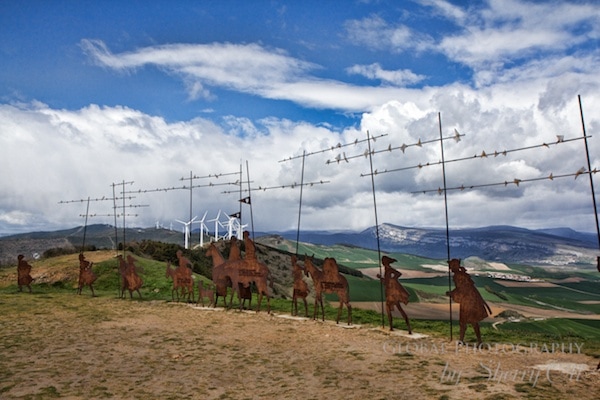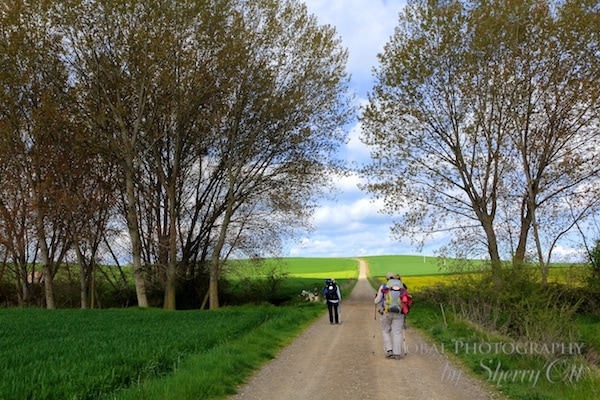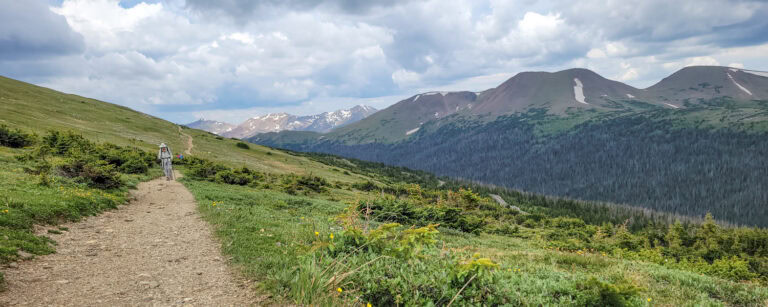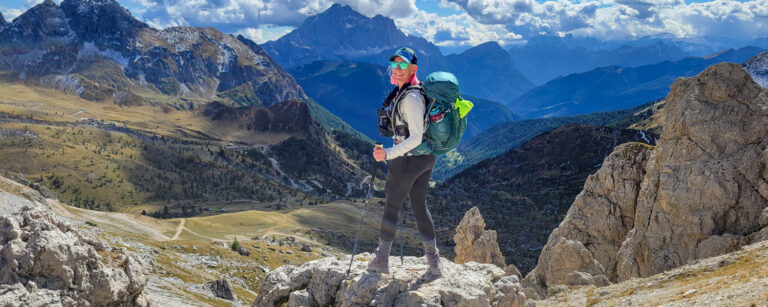The spirit of the trail: Walking the Camino Santiago de Compostela
This article may contain affiliate links where I make a small commission for purchases you make from links that you click from this article. By purchasing through these links, you support me at no additional cost to you. Thanks for your support.
Spain’s sun-kissed shores, cosmopolitan cities, rich culture, and tempting cuisine all serve to make this country a popular destination among vacationers. However, these are not the only things that attract the independent traveler. If you’re after an adventure of the more spiritual kind or who simply want an experience with a difference, embark on the Camino Santiago de Compostela. A network of pilgrims’ footpaths all lead to the huge cathedral of Santiago de Compostela in the far northwest. This is a Spain steeped in history and far removed from the guidebooks.
The trail’s origins date back to the 9th century, when a visionary pilgrim helped uncover the tomb of St James, on the site of what’s now the city of Compostela. When it comes to cheap holidays to Spain, walking these well-trodden paths through spectacular landscapes and tranquil, beautiful towns offers budget travel with added cultural immersion.
There is no official start to the Camino, but I choose to embark in St Jean Pied-de-Port, in France. From here, it is 500 miles to Santiago. One of the things I love about the Camino is the rhythm it provides. Getting up with the sun, walking through rambling scenery during the day, and arriving in towns in the afternoon can give you a routine but each day brings something different, from the bejeweled cathedral of Leon to the thatched roofs of O Cebreiro. Just remember that many Spanish towns tend to close for business between around 2 pm and 6 pm.
While you may be apprehensive as a solo female traveler, I was pleased to find that there are many female pilgrims taking the same road, and the sense of camaraderie is high. In general, you needn’t fear harm from strangers along the Camino, and local residents may surprise you with their friendly welcome towards pilgrims.
That said, it’s important to consider safety. Make sure you stay alert to your location at every stage of the journey, and consider a personal whistle in case of incident. I banded together with a couple of other women from France for the Galicia part of the route and we ended up sharing a dorm in a few albergues – or hostels which line the route – and trying out the local food delicacy of octopus(!) Great for the company and an added sense of security.
The most important thing is for travelers to know their physical limits. Starting off on these expeditions too quickly can lead to foot, shin, or knee problems. It’s common to see walkers laid up in the albergues with strapping on their feet and legs. Also, drinking plenty of water is a must, and you should take lots of breaks and always protect yourself from the sun.
Getting to embrace the golden statue of St James in Santiago Cathedral took me 42 days but it can take anything from around a month to 45 or more, depending on your speed and what you want out of the trip. Some travelers complete sections of it year after year, each time starting off where they ended their last trips. The best thing about this pilgrimage? There are no rules.
Hannah Aitken is a part-time writer and full-time adventurer, with everything from treks across the Andes and diving in the Mayan Riviera under her belt.








